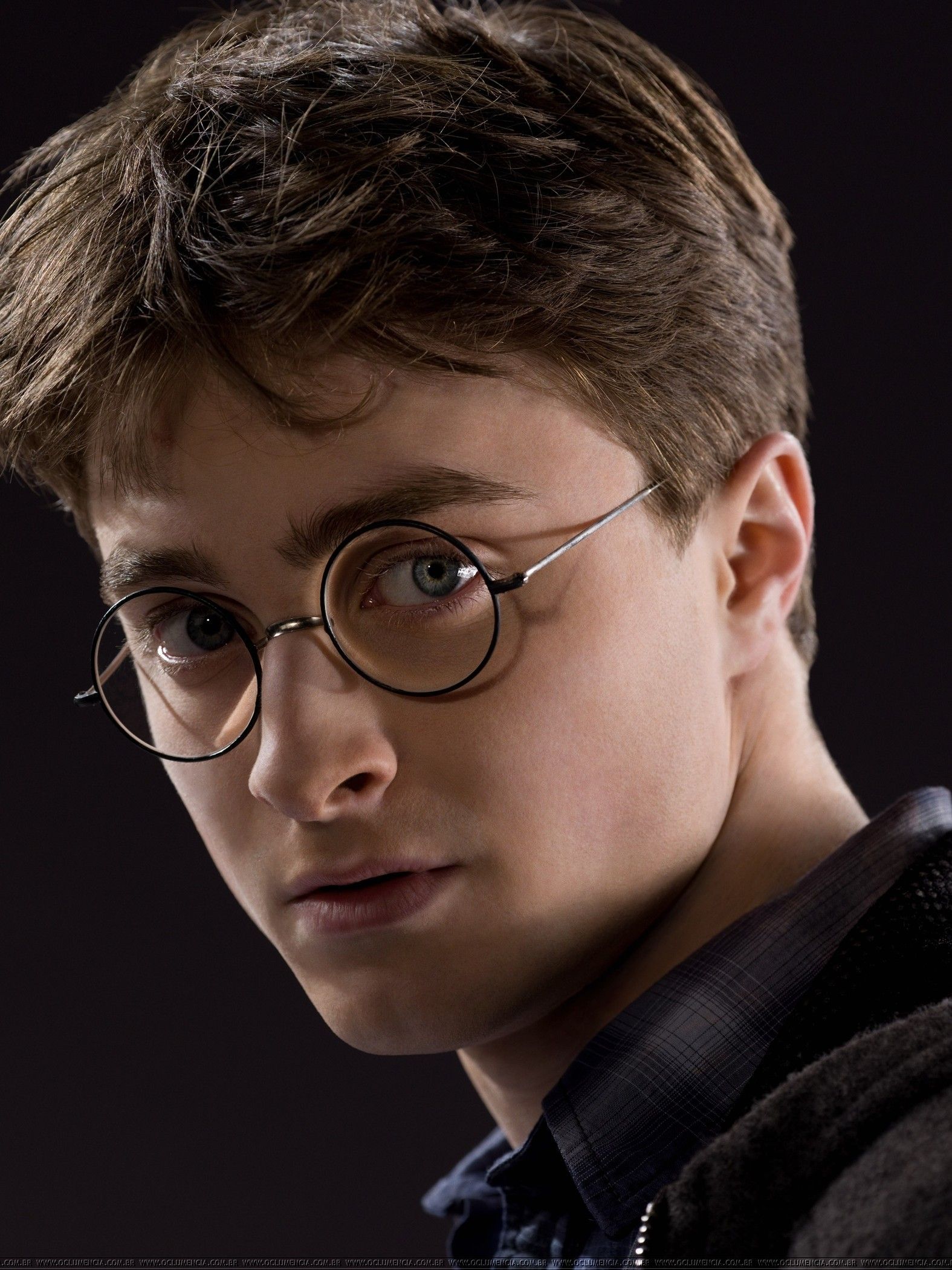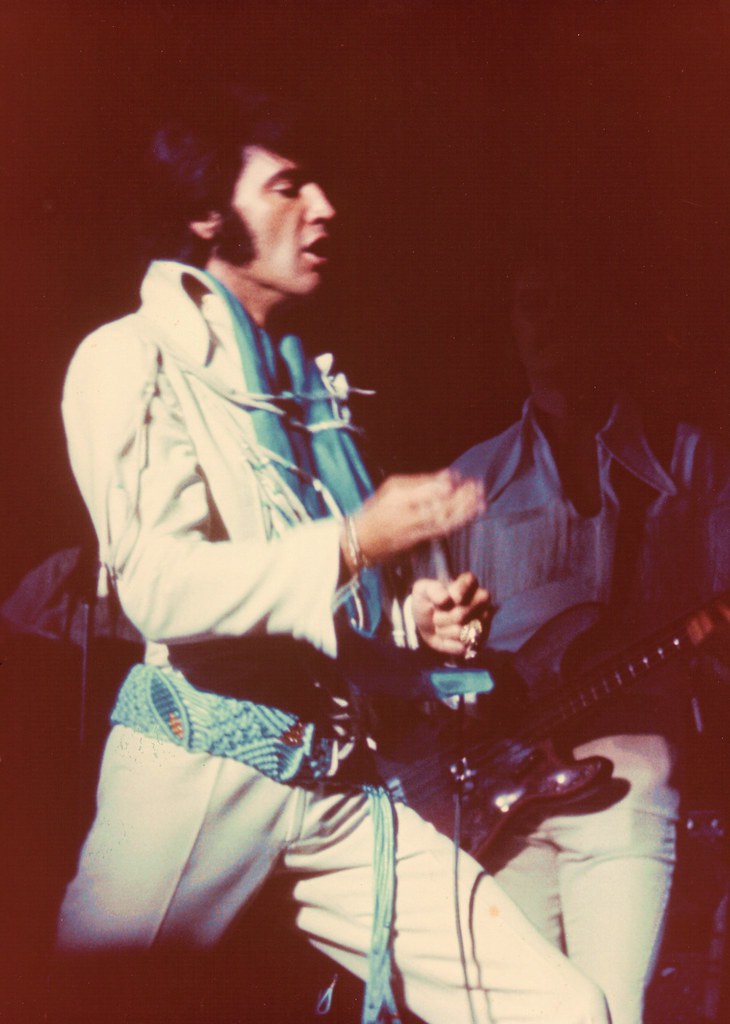
Elvis Presley, the undisputed ‘King of Rock ‘n’ Roll’, left an indelible mark on music history, recognized by Guinness World Records as the best-selling solo artist of all time. With a staggering one billion record sales worldwide, his face and voice remain instantly recognizable across generations. Beyond his electrifying stage presence and revolutionary sound, Elvis cultivated a lifestyle that was as grand and flamboyant as his performances, extending his signature style into every facet of his personal world.
Like many global superstars, Presley believed in traveling in unparalleled style, a philosophy that naturally led him to the skies in his own fleet of private planes. These magnificent machines were more than mere conveyances; they were extensions of his larger-than-life persona, testaments to his colossal success, and havens of privacy in an increasingly public existence. Through these airborne palaces, Elvis, his family, and his legendary “Memphis Mafia” traversed the nation, transforming routine travel into an experience fit for royalty.
This in-depth exploration invites us aboard Elvis’s legendary aircraft, delving into their origins, lavish customizations, practical uses, and remarkable journeys from active service to their revered status today. We will uncover the stories behind his famed “Lisa Marie,” the dependable “Hound Dog II,” and even the enigmatic “lost jet,” revealing how these machines not only facilitated his hectic touring schedule but also symbolized his deep-seated desire for freedom, autonomy, and the ultimate expression of rock ‘n’ roll opulence.
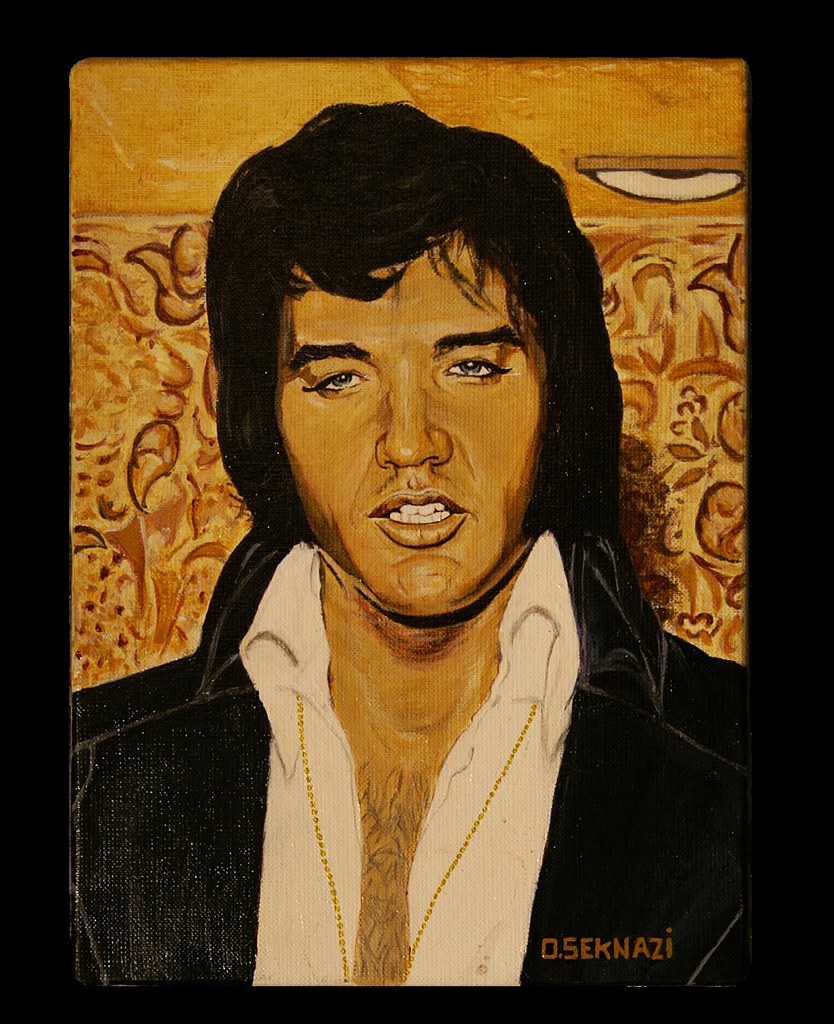
1. **The ‘Lisa Marie’ Convair 880: From Delta Liner to Rock ‘n’ Roll Palace**Elvis Presley’s journey into private aviation truly took flight in 1975 with the acquisition of his first personal plane: a Convair 880. This wasn’t a brand-new aircraft, but rather a jet that had already accumulated 15 years of service as a passenger liner for Delta Air Lines. The King purchased this substantial aircraft for $250,000, a sum equivalent to a substantial $1.2 million in today’s currency, marking the beginning of an extraordinary transformation.
Interestingly, this Convair 880 was not Elvis’s initial choice for his airborne dreams. According to accounts from the Australian Elvis Fan Club, he had previously placed a $75,000 deposit on a Boeing 707. However, this deal encountered significant complications, as the plane was to be purchased from Robert Vesco, a financier embroiled in accusations of embezzling millions and who had fled to South America. The prospect of dealing with such a controversial figure and the ensuing legal entanglement made the well-maintained Convair 880 a far more appealing and pragmatic option.
Upon its acquisition, Elvis bestowed upon the Convair 880 a name that resonated deeply with his personal life: ‘Lisa Marie’, after his young daughter. While this became its affectionate moniker, its official callsign was a nod to his musical empire, registered as Hound Dog I. This naming choice immediately imbued the aircraft with a personal touch, transforming it from a mere mode of transport into a cherished extension of his family and public image.
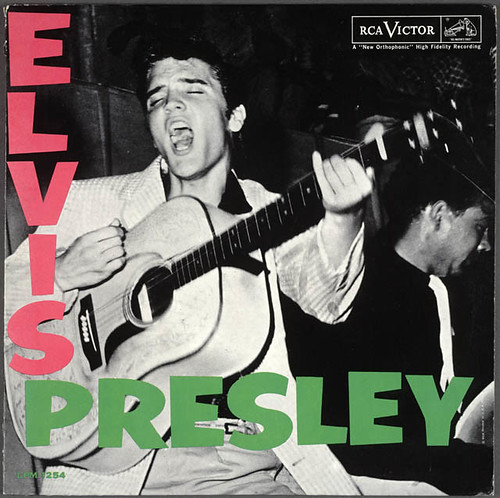
2. **Crafting the ‘Flying Graceland’: The Lisa Marie’s Lavish Interior Refurbishment**Elvis Presley was not one to accept the ordinary, and his newly acquired Convair 880 was certainly no exception. He envisioned nothing less than a “flying mansion” – a true airborne complement to his beloved Graceland estate. To achieve this vision, he embarked on an extensive and incredibly costly refurbishment program, pouring an additional $800,000 into modifications, on top of the initial purchase price, as documented by the official Graceland website. This sum alone would equate to millions in modern terms, showcasing the King’s commitment to unparalleled luxury.
The renovations were far from cosmetic. Presley demanded a complete overhaul, specifying a range of features that would transform the passenger hauler into a bespoke haven. Among his requirements were a dedicated conference room, a private bedroom, state-of-the-art audio-visual systems, and the absolute highest-end finishes on every surface. This wasn’t a project he delegated entirely; Elvis was famously hands-on, personally selecting fabrics, finishes, and colors, and frequently visiting the hangar at Meacham Field in Fort Worth to meticulously check on the progress.
The detailed specifications for the Lisa Marie reveal the extent of this luxury. Where the Convair once seated 96 people for Delta, it was reconfigured to accommodate just 28, but in supreme comfort. A large oval glass table and sumptuous leather armchairs defined the conference room, while two additional lounge areas offered space for guests to relax. The plane also boasted a well-appointed bar, a professional hair and makeup station, and two additional sleeping areas, ensuring every need was met during long journeys.
For the King himself, a private bedroom was essential, complete with a queen-sized bed, a comfortable lounge chair, and a television. This master suite naturally included an en suite bathroom, featuring striking 24K gold-plated sinks and taps. The larger of the aircraft’s bathrooms even offered the unprecedented luxury of a shower, highlighting the extraordinary lengths Elvis went to create a truly self-sufficient and opulent living space high above the clouds.
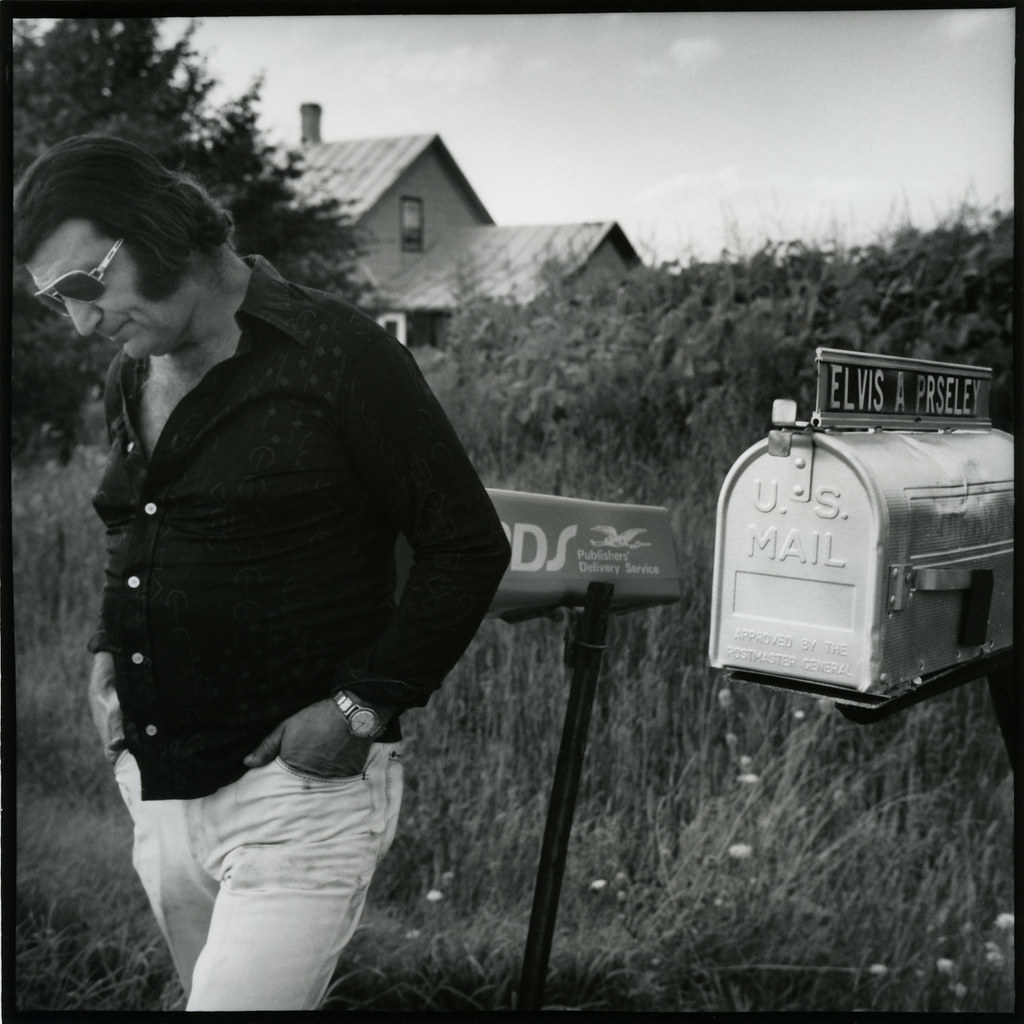
3. **The Lisa Marie’s Exterior and Iconic Branding: TCB Takes Flight**While the interior of the Lisa Marie exuded a vibrant, personalized opulence, its exterior presented a sleek and refined aesthetic, less ostentatious but equally distinctive. The aircraft was painted in a clean white, providing a striking canvas for its defining visual elements. A distinctive blue and red strap gracefully extended from the nose, running the entire length of the fuselage, culminating at the tail, creating a streamlined and dynamic visual signature that set it apart.
The tail section of the Convair 880 was reserved for particularly significant embellishments, carrying symbols of national pride and personal identity. A US flag was prominently featured, underscoring Elvis’s patriotism, while a special Elvis Presley logo proudly adorned the surface. This iconic logo incorporated the acronym TCB, short for his well-known and deeply personal catchphrase, ‘Taking Care of Business’. This emblem became synonymous with Elvis’s brand, his work ethic, and his inner circle, marking the Lisa Marie as truly his own.
The integration of the TCB logo was more than just branding; it was a powerful declaration. It represented Elvis’s commitment to his craft, his loyalty to his team, and his proactive approach to his career and life. Seeing the TCB flash across the skies on his private jet was a clear message to fans and industry insiders alike: Elvis Presley was taking care of business, both on the ground and at 30,000 feet, solidifying the aircraft’s place as a visual icon of his unparalleled success and distinctive style.
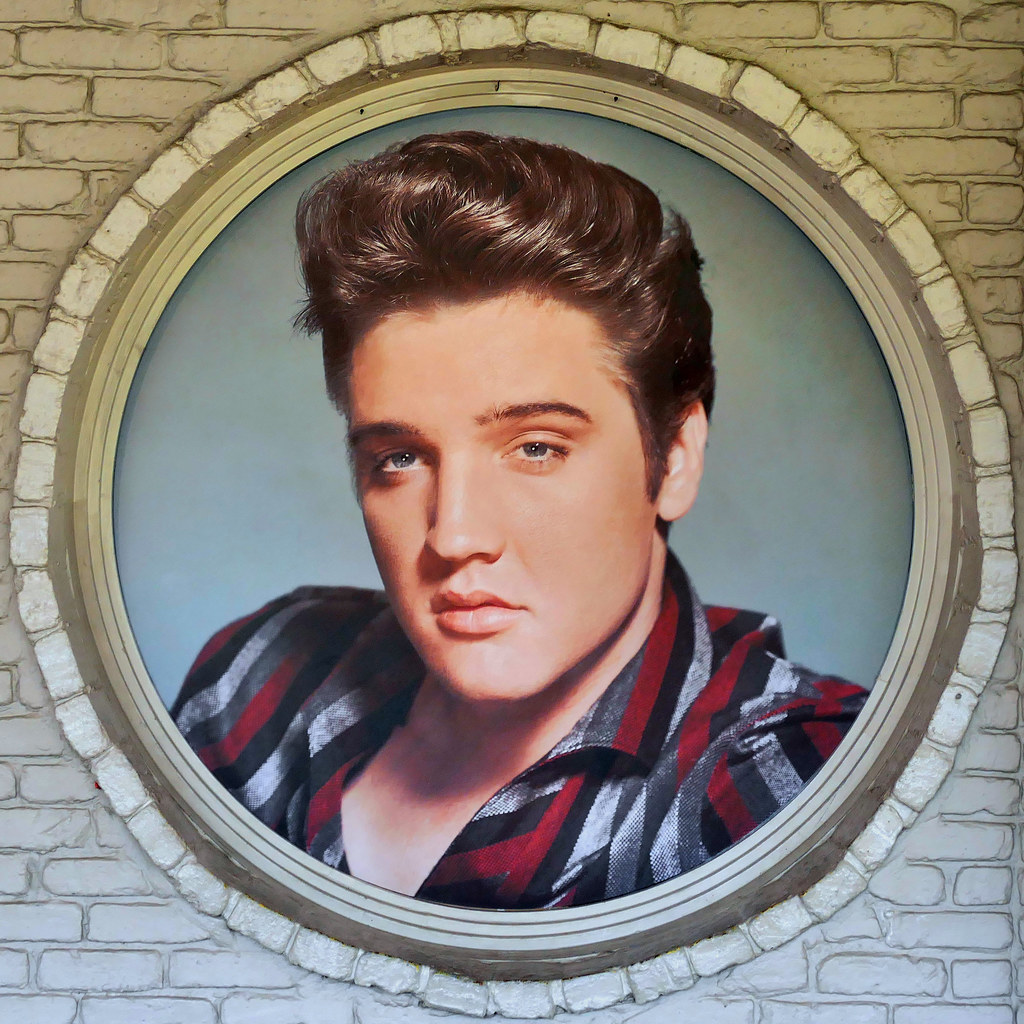
4. **Operating the King’s Flagship: Crew, Costs, and Cruising with the Lisa Marie**Operating a personalized flying palace like the Lisa Marie was, as one might expect, a significant logistical undertaking, requiring a dedicated team and substantial financial investment. To facilitate his tours around the United States, Elvis maintained a full crew of four essential personnel: a skilled pilot, a vigilant co-pilot, a diligent flight engineer, and an attentive flight attendant. This team ensured smooth operations and a comfortable, safe experience for the King and his entourage on every journey.
The economic demands of the Convair 880 were considerable. The jet was known for its substantial fuel consumption, burning through an impressive 1,700 gallons of fuel per hour during flight. For takeoff alone, an additional 2,200 gallons were required to lift the luxurious aircraft into the sky. These operational necessities translated into a formidable annual operating cost, which, when fully accounted for, amounted to $404,000 at the time of its use.
Adjusted for inflation, that annual operating cost for the Lisa Marie would be equivalent to a staggering $2.1 million today. This figure vividly illustrates the immense scale of investment Elvis committed to his private air travel, underscoring not just his wealth but also his dedication to maintaining a level of comfort and efficiency for his demanding tour schedule. The Lisa Marie truly was a high-performance, high-maintenance machine, perfectly reflecting the high-stakes world of its legendary owner.
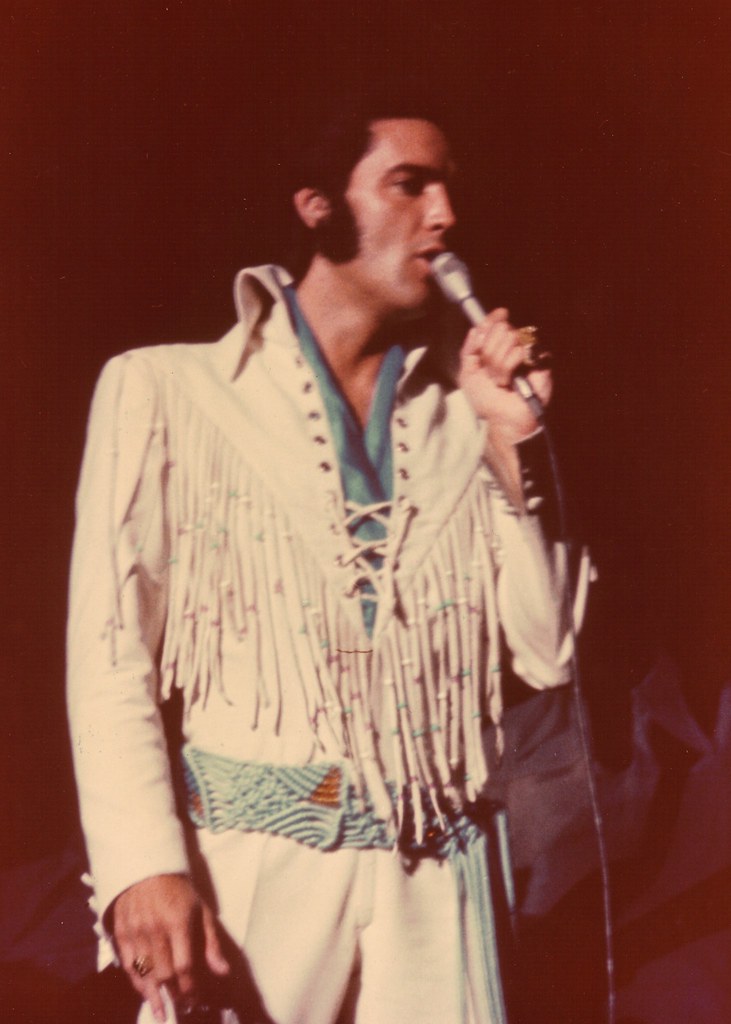
5. **The ‘Hound Dog II’ Lockheed JetStar: Elvis’s Practical Air Transport**While the Convair 880 ‘Lisa Marie’ was undergoing its extensive transformation into a bespoke airborne mansion, Elvis still needed to fly. The renovations were projected to take at least six months, leading him to acquire a more immediately available aircraft. In August 1975, he briefly leased a Fairchild F-27, but a keen eye for opportunity soon led him to a more permanent solution. On August 15 of that same year, he purchased an Aero Jet Commander, though this was initially for different purposes.
The narrative of Elvis’s second jet is intertwined with another acquisition made earlier that summer. Randomly, in July 1975, ‘the King’ had bought Colonel Tom Parker, his enigmatic manager, a Gulfstream G-1 sight unseen. Apparently, Parker was not particularly impressed with this gift. By September 1975, Presley orchestrated a strategic trade-in, exchanging both the Gulfstream and the Jet Commander for a 1960 Lockheed JetStar. This marked a significantly larger investment in his burgeoning aircraft fleet.
This Lockheed JetStar, which Elvis bought for a reported $899,702.60, was already outfitted as a 10-seater business jet, meaning it required fewer major modifications than the Lisa Marie. While he didn’t undertake a grand-scale renovation, Elvis did implement personal touches, notably altering the seats to a distinctive palette of yellow, green, and blue. This aircraft was then re-christened ‘Hound Dog II’, a direct echo of his most famous song and a clear companion to the ‘Lisa Marie’ (Hound Dog I).
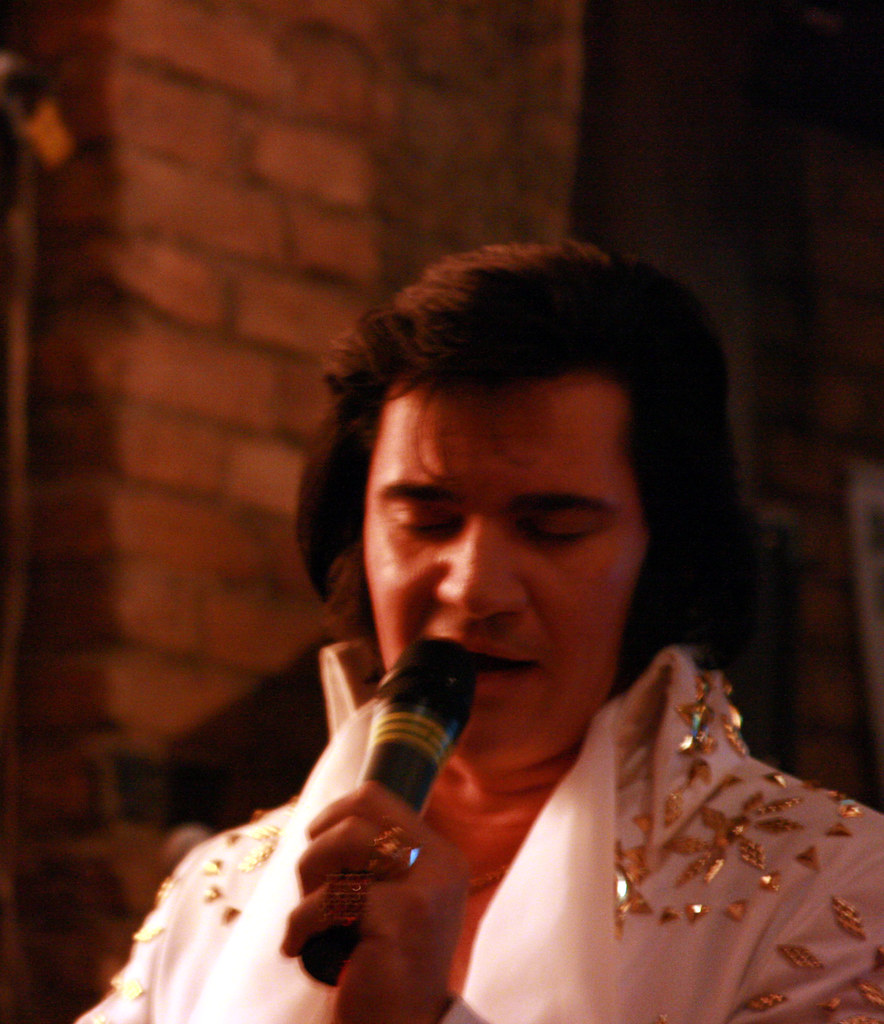
6. **Inside the Hound Dog II: Custom Touches for Shorter Hops**The ‘Hound Dog II’, registered N777EP, swiftly received a livery that mirrored the distinguished style of its larger counterpart, the Lisa Marie. This included the prominent display of his trademark TCB logo on the tail, creating a cohesive visual identity across his fleet. This consistent branding ensured that both aircraft were instantly recognizable as belonging to the King of Rock ‘n’ Roll, even from a distance, reinforcing his public image.
It wasn’t until October 8, 1975, that Elvis took his inaugural flight in the new JetStar. His pilot, a man with the memorable name Milo High, took Presley and five others on a brief, one-hour joyride, primarily to test the jet’s capabilities and ensure everything was to the King’s satisfaction. This initial outing marked the official start of Hound Dog II’s service as a vital part of Elvis’s travel arrangements.
Over the ensuing month, Elvis made fairly frequent use of the Hound Dog II. This period proved crucial, as it allowed him to maintain his demanding schedule and enjoy his freedom of movement while patiently awaiting the grand completion and arrival of the Lisa Marie. The JetStar, with its more compact size and quicker turnaround capabilities, served as an essential interim solution and a practical choice for shorter trips, seamlessly integrating into his opulent but often hectic life.
The interior, though not as extensively customized as the Lisa Marie, still boasted a luxurious fit-out befitting Elvis. It featured comfortable seating for ten, upholstered in the personalized yellow, green, and blue scheme, indicative of his preference for vibrant yet refined comfort. The Hound Dog II provided a sophisticated and efficient means of travel, perfectly complementing the larger, more elaborate Lisa Marie and affirming Elvis’s unwavering commitment to luxury in every aspect of his life.
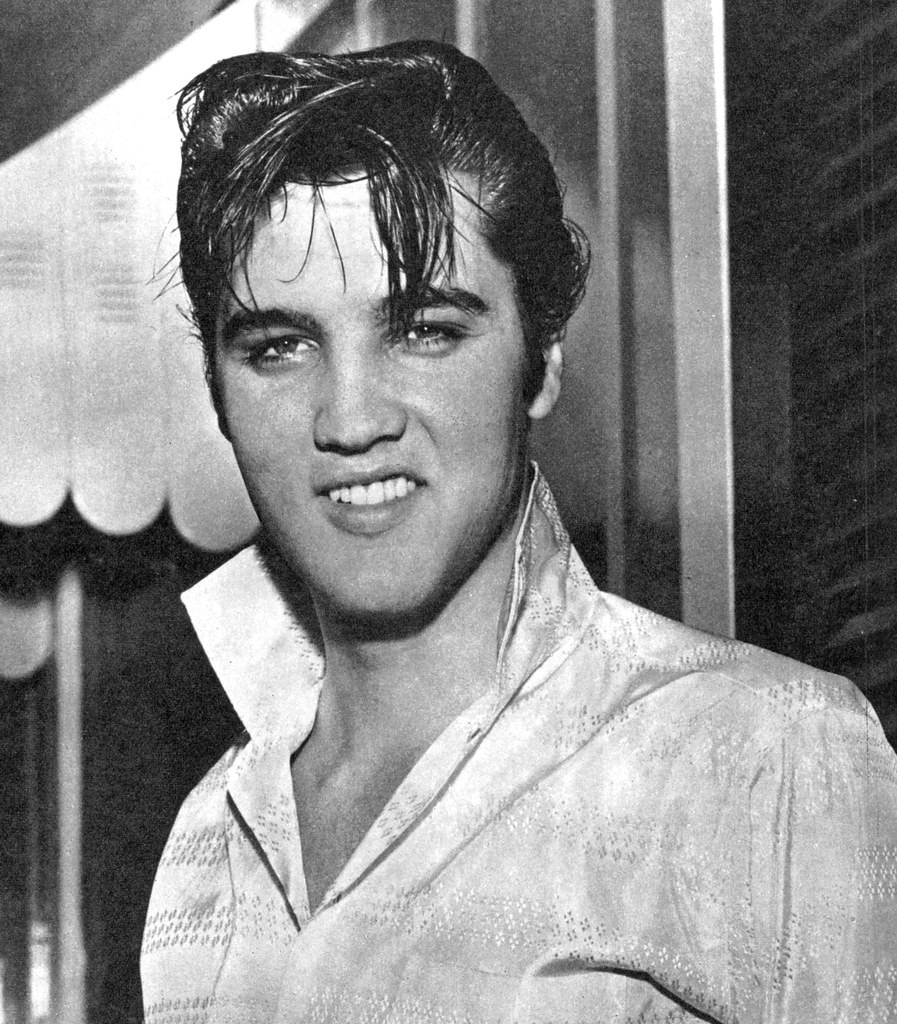
7. **The Enigmatic ‘Lost Jet’: Elvis’s Final Acquisition and its Decades of Neglect**Beyond his two iconic flying palaces, the ‘Lisa Marie’ and ‘Hound Dog II’, Elvis Presley made another acquisition in the realm of private aviation that, while lesser-known, holds its own intriguing story. In 1975, the same year he acquired his more famous jets, Elvis made an investment purchase: a 1966 Dassault Falcon. Interestingly, he never personally flew on this particular aircraft, marking it as a distinct entry in his collection.
However, the narrative of his third and final personal jet truly began in December 1976. Having developed a fondness for the practicality and comfort of the ‘Hound Dog II’, Elvis orchestrated a trade. He exchanged the Dassault Falcon for a second Lockheed JetStar, a 1962 model carrying the tail number N440RM. This marked his last purchase of a private jet intended for his personal use, unknowingly acquiring it just a year before his untimely passing.
This JetStar, therefore, holds a poignant significance as the one he flew the least. Tragically, its time in Elvis’s fleet was brief. Following his death in 1977, this once-opulent aircraft met a starkly different fate than its counterparts. It was left largely untouched, gathering dust for over 35 years in the harsh, arid environment of the New Mexico desert, earning it the evocative moniker of the ‘lost jet’.
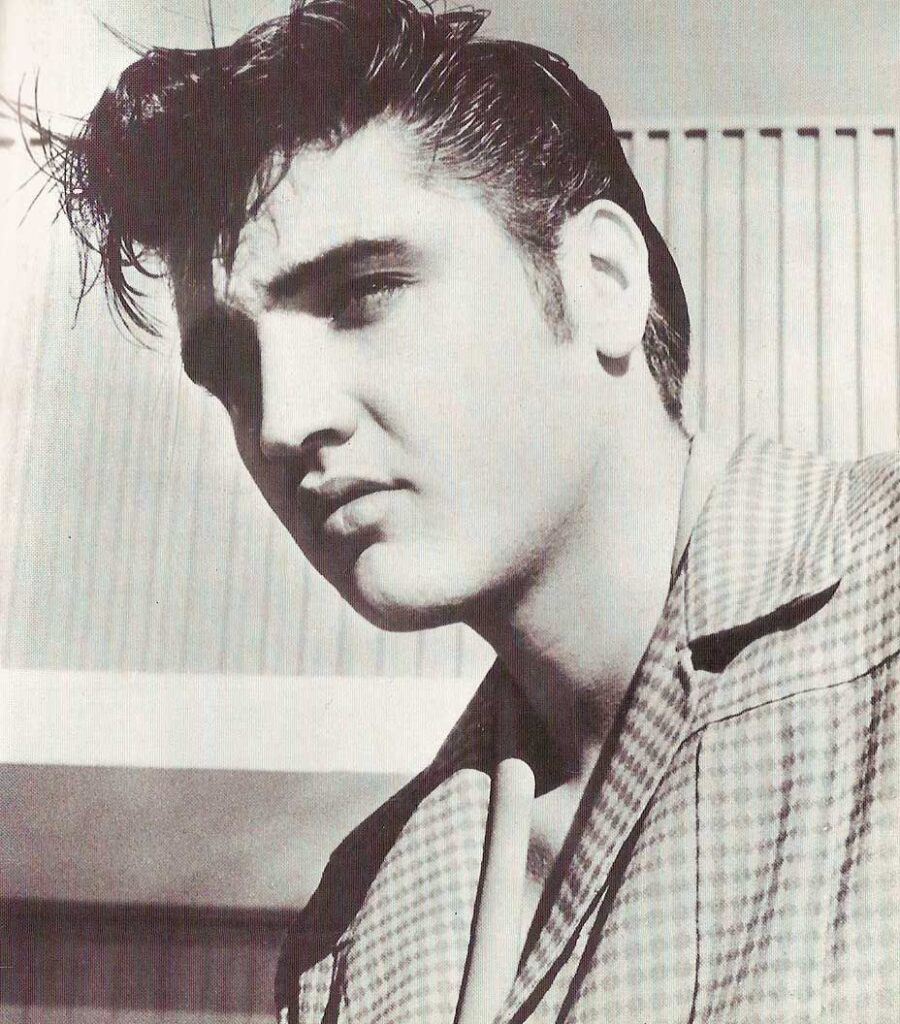
8. **Unveiling the Interior of the ‘Lost Jet’: A Glimpse into its Faded Glory**Despite its prolonged abandonment and the fading red paint on its exterior, the interior of Elvis’s ‘lost jet’ remained remarkably preserved, offering a poignant snapshot of the King’s personal style and lavish taste. It was, even in its neglected state, suitably opulent for a rock ‘n’ roll legend, inviting visitors to step back in time to the King’s world. This preserved state contrasted sharply with its exterior degradation.
Stepping inside, one would have been greeted by a cabin designed for ultimate comfort and sophistication. The seats were upholstered in rich red velvet, complemented by thick carpeting underfoot, creating a warm and luxurious atmosphere. Elegant wooden paneling adorned the walls, adding a touch of classic refinement that was characteristic of Elvis’s aesthetic preferences across his various properties.
Beyond its plush furnishings, the JetStar was equipped with amenities that were considered cutting-edge for its time. It featured an advanced television unit, a cassette player, and even headphone ports, ensuring entertainment on longer journeys. A small kitchenette was also integrated at the back, suggesting the comfort of preparing refreshments while airborne. Even the lavatory exuded elegance, boasting velvet-lined walls and a stylish sink, a far cry from the utilitarian facilities found on modern commercial flights, truly embodying the King’s desire for luxury in every detail.

9. **Priscilla Presley’s Letter: Revealing the Heart Behind the ‘Lost Jet’**When the ‘lost jet’ re-emerged from obscurity and was put up for auction in 2022, it was accompanied by a document that offered profound insight into its emotional significance: a personal letter from Elvis’s former wife, Priscilla Presley. This letter transformed the aircraft from a mere relic into a deeply personal artifact, shedding light on a rarely discussed aspect of Elvis’s life and motivations.
Priscilla’s letter explicitly highlighted a unique circumstance surrounding this particular JetStar’s acquisition. She revealed, “This is a very significant piece of history as it was the only jet Elvis bought with his father.” This detail is crucial, distinguishing it from his other aircraft purchases and underscoring a rare collaborative endeavor between Elvis and his father, Vernon Presley, especially in such a grand financial undertaking.
Her words further illuminated Elvis’s profound respect and affection for his father. Priscilla wrote, “Elvis always wished to support his father’s entrepreneurial endeavors, especially after losing his mother so early. Elvis loved and respected his father very much and this jet is a piece of him and his father’s heart.” This poignant revelation elevates the ‘lost jet’ beyond its material value, imbuing it with a powerful emotional resonance as a symbol of familial bond, shared dreams, and Elvis’s unwavering loyalty to his family.
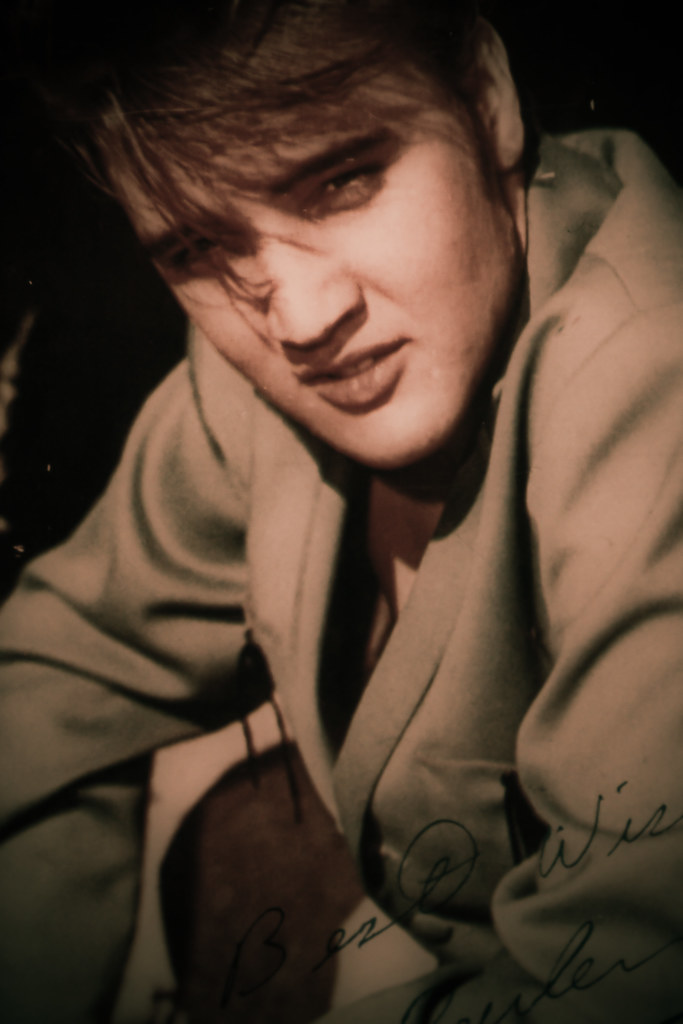
10. **From Abandoned to Reimagined: The ‘Lost Jet’s’ Modern Transformation**After languishing for decades in the New Mexico desert, the ‘lost jet’ finally found a new custodian at auction in 2022, selling for an amount between $234,000 and $260,000. The buyer was James Webb, a prominent YouTube personality known for his channel ‘Jimmy’s World’ and his ambitious restorations of vintage aircraft. Webb’s initial vision for the 1962 Lockheed JetStar was to restore it to its former flying glory, a challenge he had successfully undertaken with other historical planes.
However, the extensive period of abandonment had taken an irreversible toll on the aircraft. Critical components, including an engine, were missing, and many parts of the cockpit had either deteriorated or been stripped away over the years. It soon became unequivocally clear to Webb and his team that bringing this particular JetStar back to airworthy condition was an insurmountable task, dashing the dream of seeing Elvis’s last jet soar again.
Undeterred by this realization, Webb, with a spirit of innovation, decided to pivot his restoration project dramatically. Instead of allowing this significant piece of Elvis history to further decay, he embarked on a painstaking and inventive transformation. Over several months, the JetStar underwent extensive work to convert it from a static, derelict aircraft into a fully functional, road-going RV.
This extraordinary reimagining breathed new life into the iconic fuselage. Last year, the transformed road-jet made a surprising and highly anticipated guest appearance at the renowned Oshkosh airshow. Its presence, a mobile homage to Elvis’s aviation legacy, captivated attendees and offered a tangible, albeit unconventional, way to interact with a piece of the King’s world. This unique vehicle hints at more public appearances, perhaps even gracing the 2025 Oshkosh event, continuing its journey in an entirely new dimension.

11. **Preserving the Legacy: The Lisa Marie and Hound Dog II at Graceland Today**The story of Elvis Presley’s private aviation fleet concludes with a fascinating look at the enduring legacy of his aircraft. While the ‘lost jet’ embarked on an unexpected terrestrial adventure, his two most famous planes, the ‘Lisa Marie’ and the ‘Hound Dog II’, found their permanent home as cherished artifacts at Graceland, standing as monumental tributes to the King’s extravagant lifestyle and profound impact.
Following Elvis’s untimely death in 1977, the magnificent ‘Lisa Marie’ Convair 880 was initially sold by his father, Vernon Presley. It changed hands a couple of times, drifting from the immediate orbit of the Presley estate. However, with the public opening of Graceland in 1982, Elvis Presley Enterprises (EPE), the guardians of his legacy, recognized the immense cultural and historical value of bringing the plane back to Memphis.
In 1984, the ‘Lisa Marie’ made its triumphant return to Graceland, where it was lovingly restored and placed on permanent display. Today, it stands as one of the most visited tourist attractions in the United States, drawing millions of fans and aviation enthusiasts alike. Visitors can step aboard this meticulously preserved ‘flying palace,’ experiencing firsthand the opulence of its interior and gaining a tangible connection to Elvis’s legendary life, truly allowing his spirit to continue soaring for his admirers.
Not long after securing the ‘Lisa Marie’, EPE extended its commitment to preserving Elvis’s aviation heritage by also acquiring the ‘Hound Dog II’ Lockheed JetStar. This smaller, yet equally significant, aircraft was reunited with its grander counterpart, completing the iconic duo of Elvis’s operational fleet. Like the ‘Lisa Marie’, the ‘Hound Dog II’ is now a permanent fixture at Graceland.
Showcased alongside the Convair 880, the ‘Hound Dog II’ provides a comprehensive view of Elvis’s travel options, from grand tours to shorter, more practical hops. Both planes collectively offer visitors an unparalleled glimpse into the King’s unique travel style and his unwavering commitment to luxury in every aspect of his extraordinary life, cementing their place as vital pieces of rock ‘n’ roll history.
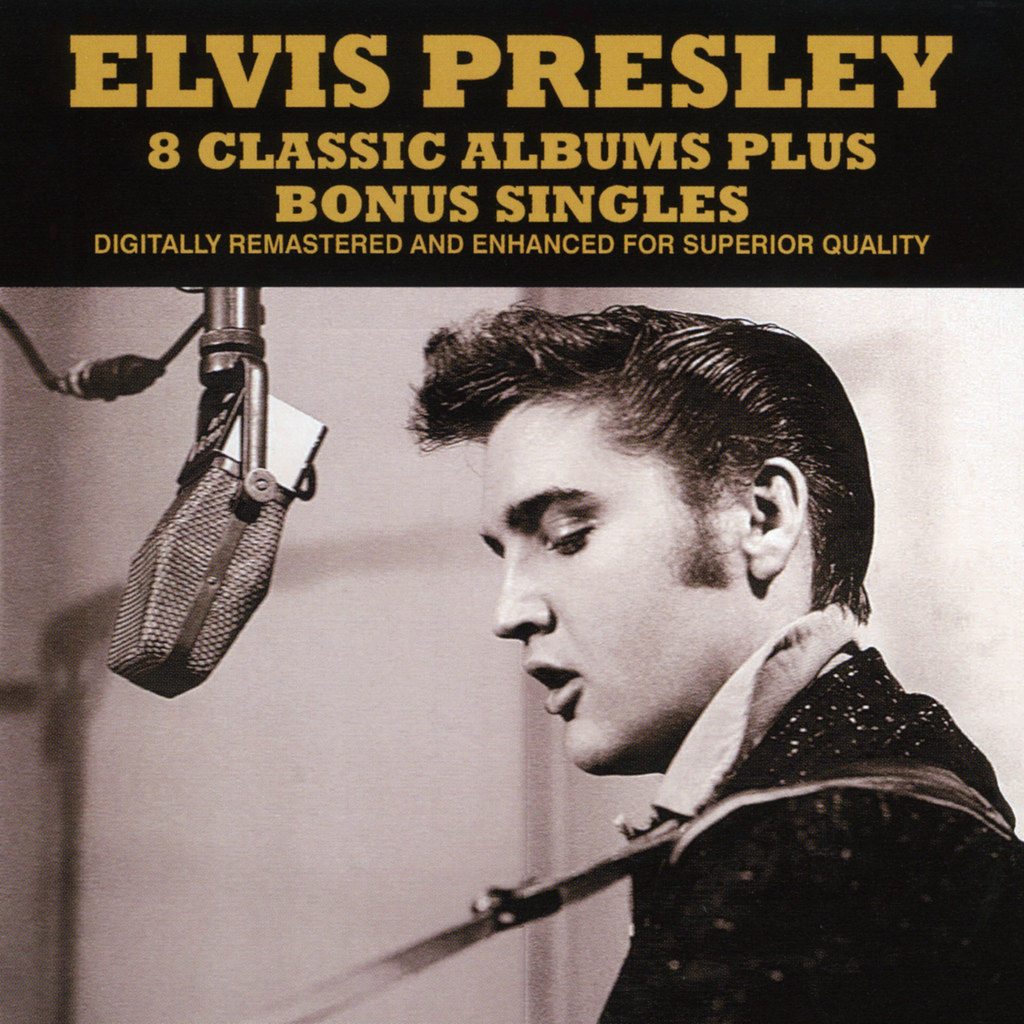
12. **More Than Machines: The Deeper Meaning of Elvis’s Private Aviation Fleet**Beyond their impressive engineering and opulent amenities, Elvis Presley’s private jets—the ‘Lisa Marie’, the ‘Hound Dog II’, and even the intriguing ‘lost jet’—transcended their function as mere transportation. They were profoundly symbolic, representing core aspects of his life and aspirations during the zenith of his fame. These aircraft were, in essence, tangible manifestations of the King’s complex relationship with his unparalleled success and his constant public life.
At a time when his celebrity made privacy almost impossible, these jets offered Elvis a crucial sanctuary. They provided a shield from the constant glare of public scrutiny and the relentless demands of his fame, allowing him to travel with an unmatched degree of seclusion. This ability to retreat, even for a few hours, offered him a precious sense of freedom and autonomy that was increasingly elusive on the ground, making them vital to his well-being and mental respite.
The planes also profoundly underscored Elvis’s deep loyalty to his inner circle, famously known as the “Memphis Mafia.” His unwavering insistence on traveling with friends, family, and his dedicated team meant that these spacious aircraft were not just for him but for his entire entourage. This practice reflected his desire to maintain close relationships, fostering a powerful sense of community and camaraderie even amidst a demanding and often isolating tour schedule.
Furthermore, these custom-built aircraft were undeniable symbols of Elvis’s extraordinary wealth and iconic status. Owning such a fleet in the 1970s was a powerful declaration of ultimate success, a bold statement of prosperity and sophisticated taste that few could rival. The meticulous customization of the ‘Lisa Marie’, in particular, projected an image of a man who spared no expense in curating his world, both on stage and in the skies, reflecting his larger-than-life persona.
Ultimately, Elvis’s private aviation fleet represents more than just a collection of machines. They stand as enduring artifacts that illuminate his drive for luxury, his pursuit of privacy, and his deep connections with those closest to him. These jets continue to fascinate, offering a poignant and powerful glimpse into the unparalleled life of a cultural icon whose legacy, much like his aircraft, continues to soar, forever etched in the annals of history.
**Conclusion: Soaring into Eternity – Elvis’s Enduring Legacy in the Skies**
Elvis Presley’s private jets remain an extraordinary testament to a life lived without compromise, a lifestyle as grand and unforgettable as his music. From the meticulously crafted interiors of the ‘Lisa Marie’ to the practical elegance of the ‘Hound Dog II’, and the intriguing, repurposed saga of the ‘lost jet’, each aircraft tells a unique chapter of the King’s story. They are not merely relics of a bygone era; they are vivid, tangible reminders of a man who truly took care of business, both on the ground and high above the clouds, cementing his place not just as a music legend, but as an enduring icon of American luxury, ingenuity, and cultural fascination. These flying palaces offer a unique lens through which to appreciate the multifaceted legacy of Elvis Presley, forever etched in the annals of rock ‘n’ roll and aviation history, continuing to inspire awe and curiosity for generations to come.



